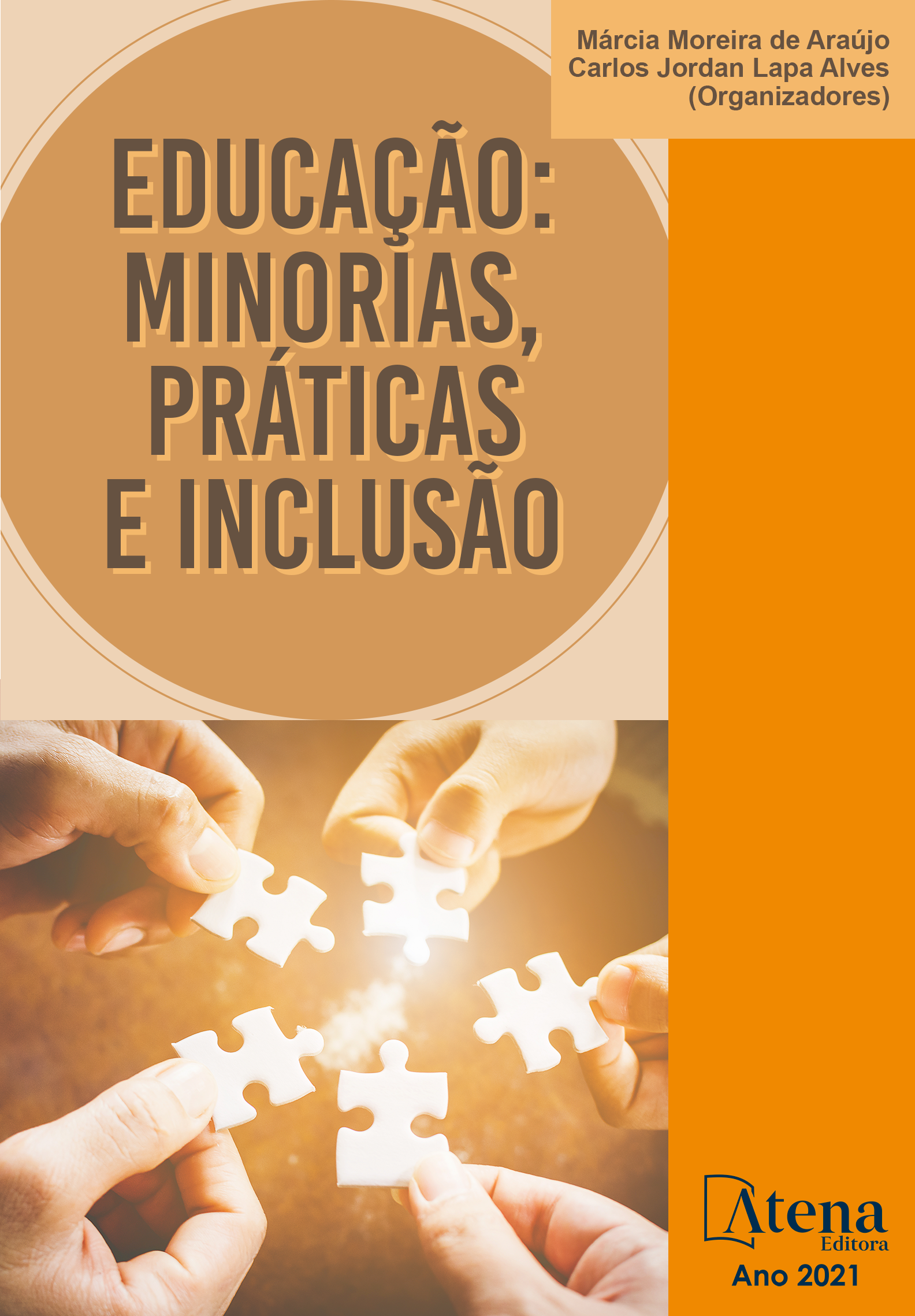
Imagens e sinais: uma proposta de ensino colaborativo para se compreender a obra Os Sertões na Língua Brasileira de Sinais (LIBRAS)
O presente capítulo relata uma experiência de ensino colaborativo para surdos a partir da obra Os sertões, de Euclides da Cunha e tem como objetivo fomentar a criação de vocabulário específico na língua Libras. Metodologicamente, analisamos de Os Sertões em seus aspectos iconográficos, geográficos, antropológicos e linguísticos. Após a análise desses indicadores, percebemos que as fontes imagéticas contribuem para facilitar a compreensão da obra, para além da escrita. De igual modo, percebemos que as imagens auxiliam, por meio das interações diretas e indiretas entre os profissionais (tradutor/intérprete e professor) e o falante nativo de Libras, no acesso à maioria das obras literárias escritas em língua portuguesa
Imagens e sinais: uma proposta de ensino colaborativo para se compreender a obra Os Sertões na Língua Brasileira de Sinais (LIBRAS)
-
DOI: 10.22533/at.ed.4042114053
-
Palavras-chave: Libras, Os Sertões, Ensino Colaborativo
-
Keywords: Libras, Os Sertões, Collaborative Teaching
-
Abstract:
This article reports a collaborative teaching experience of Portuguese for the deaf through a dialogue on Os sertões, by Euclides da Cunha, between deaf student, Libras / Portuguese translator / interpreter and the Portuguese language teacher. The purpose of the proposal was to encourage the creation of specific vocabulary in Libras. The teaching experience took place using the Digital Dialogical Notebook tool. For now, aspects of fauna, flora, hydrography and relief of the northeastern hinterland stand out from Os sertões. For this, the iconographic, geographic, anthropological and linguistic aspects of this pre-modernist novel were studied. After analyzing these indicators, photographs and images were perceived, linking all these factors to a visual literacy that allowed a greater understanding of the work. Recordings and video editions were made with the search of historical record of these creations. It was found that, due to the direct and indirect interactions between the professionals (translator / interpreter and teacher) and the native speaker of Libras, it was possible to create linguistic material of great social and educational value, since the Deaf People do not have access to most literary works written in Portuguese.
-
Número de páginas: 20
- Márcio Araújo de Almeida
- Matheus Anacleto da Silva
- Paulo Augusto Tamanini


